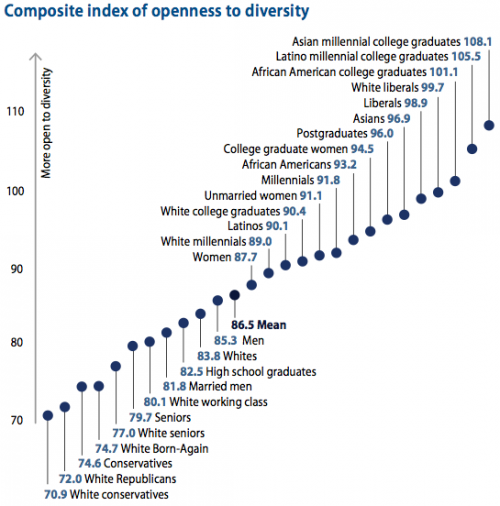The Centers for Disease Control have released new data comparing the involvement of black, white, and Latino fathers. The study found more similarities than differences. Men of all races were more likely to be living with their children than not. Defying stereotypes, black fathers were, on average, more involved in their children’s daily care than white and Latino fathers.
Image via the Los Angeles Times.
Lisa Wade, PhD is an Associate Professor at Tulane University. She is the author of American Hookup, a book about college sexual culture; a textbook about gender; and a forthcoming introductory text: Terrible Magnificent Sociology. You can follow her on Twitter and Instagram.
















